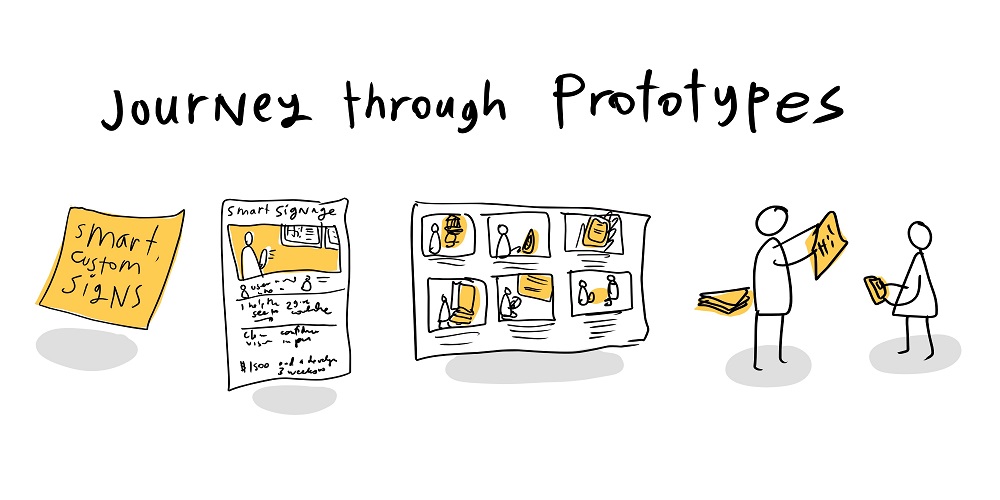In the world of designers, it has become a normal thing for clients to request a prototype of a product. As a designer, your job is to deliver promptly with the right specifications.
It is also common for clients who need their prototypes quicker to contact any rapid prototyping company they can find or they can choose a freelance designer who is capable.
The point is that production is not what it used to be. Organizations and individuals now want to carry out any project want a prototype for whatever product they wish to work on.
While clients keep asking, designers continue to provide them with physical models just as they requested.
Since it has been noticed that people understand physical models better than drawings, 3D prototyping has taken over the manufacturing industry by so doing, saving time and money.
But what about metal sheet prototyping? What is it and how does it work?
A Sheet Metal Prototype
A 3D printer is a major tool used in the creation of a sheet metal prototype. It is important to note that 3D printers are faster when creating a prototype. They are also cheaper to create with 3Dprinters.
If you compare the speed and price to the injection molding or CNC tooling machine, you will notice how much difference there is between them.
Materials For Prototyping
Many metals can be used to prototype a sheet metal. Please note that some may be more expensive than others.
These numerous materials that can do the job also have various grades. Some of these materials are:
- Aluminum
- Galvanized steel
- Cold-rolled steel
- Galvannealed steel
- Stainless steel
- Copper
- Brass
While you are contemplating the material, you want to use for your sheet metal prototype journey, you should also remember that these sheets are usually made as a single piece.
You need to make sure that the thickness for each part is uniform. Make sure you do not weld to thicknesses together.
While still in your process of choosing what material of sheet metal you wish to use, you should consider the final production run.
Picking out the right material is crucial to the integrity of the finished product. You also need to consider the environment.
Since you know that the environment where the prototyping process happens plays a role in the integrity of the product, makers should consider the environment.
Choosing a material can be easy when you know what to search for and what you should be worried about.
Do not forget to consider the mechanical properties of the material as well as its cosmetic appearance. The variety of materials available for the job can also be overwhelming.
Every potential entrepreneur in the field should look at the bends, angles, and related tolerances. These will tell you how much work is still needed.
Conclusion
When you understand what work needs to be done, it will prompt the push for a prototype to be made and used to test and know how useful the product will be.
